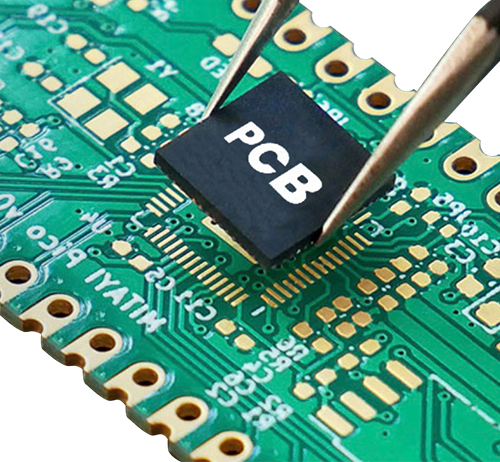Time:2022-07-11 Visit:
Copper deposition is an important part of automotive circuit board design. The so-called copper cladding is to use the idle space on the automotive circuit board as the reference plane, and then fill it with solid copper. The significance of copper coating is to reduce the impedance of the ground wire and improve the anti-interference ability; reduce the voltage drop and improve the power efficiency; connect with the ground wire to reduce the loop area. Next, I will show you how to apply copper to automotive circuit boards.
There are generally two basic ways to apply copper to automotive circuit boards, namely large area copper and grid copper.

1. Large area copper coating has the dual functions of increasing current and shielding. However, if the copper is covered in a large area, if it is wave soldered, the board may be warped or even blistered. Therefore, when copper is applied to a large area, several slots are generally opened to relieve copper foil blistering.
2. The simple grid copper coating mainly plays a shielding role, and the effect of increasing the current is reduced. From the point of view of heat dissipation, the grid copper coating not only reduces the heating surface of the copper, but also plays a certain role in electromagnetic shielding. It should be noted, however, that the grid is made up of staggered traces. We all know that for circuits, the width of the traces has a corresponding "electrical length" for the operating frequency of the automotive circuit board; when the operating frequency is not very high, or the effect of grid lines is not very obvious, Once the electrical length and the operating frequency match, there will be a big problem that the circuit cannot work properly at all, and signals that interfere with the working of the system are emitted everywhere.
Therefore, for engineers who like to use grid copper, it is recommended to choose according to the working conditions of the circuit board. Therefore, it is better to use grid copper for high-frequency circuits with high anti-interference requirements; and for low-frequency circuits with high-current circuits, it is better to use a complete large-area copper coating.